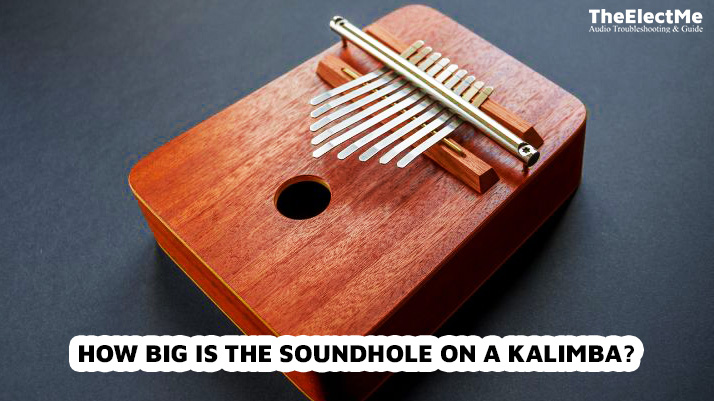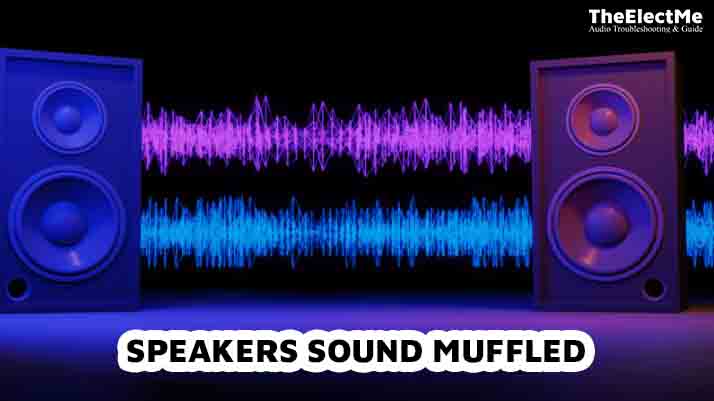Drums, guitar, bass guitar, keyboard, and vocals are the most popular instruments in a band. Each instrument has its unique sound, adding depth and richness to the music. But a band consists of more than these main instruments – many others contribute to the overall sound.

What instruments make up a band? In this guide, you’ll discover the top 7 instruments commonly used in bands. Moreover, the features and roles of each instrument will be discussed. So, let’s dive in and find out more about band instrumentation.
What are the top 7 instruments in a band?
A band is a group of musicians who come together to create music. Each band member plays an essential role in bringing their sound to life. A typical band consists of a drummer, guitarist, bassist, keyboardist, and vocalist. However, some bands may include other instruments, such as brass or string.
1. Drums
Drums are the backbones of a band, providing the rhythm and tempo for the music. They have various components, including cymbals, toms, snare drums, and bass drums. The drummer is responsible for creating different beats and patterns using these instruments.
Pros:
- Adds depth and energy to the music.
- Keeps the band in sync and on the beat.
- Can create a variety of sounds and rhythms.
- It helps to build anticipation and intensity in songs.
Cons:
- It can be loud and overpowering if not played in balance with other instruments.
- Requires a lot of physical stamina and coordination.
2. Guitar
Do you want to rock? Then you need to include the guitar in your band! The guitar is a string instrument that comes in various shapes and sizes, including acoustic, electric, and bass guitars. It is played by strumming or plucking the strings and can produce a wide range of sounds.
Pros:
- Versatile instrument – can be used in various music genres.
- Adds melody, rhythm, and texture to the music.
- It can be played solo or in harmony with other instruments.
- Provides a focal point for live performances.
Cons:
- Requires tuning and maintenance.
- It can be expensive to purchase and maintain.
3. Saxophone
The saxophone is a woodwind instrument. It is known for its smooth and soulful sound, making it a popular choice in jazz and pop music. The saxophone comes in various sizes, including the soprano, alto, tenor, and baritone.

Pros:
- Beautiful and distinct sound that adds emotion to the music.
- Versatile instrument – can be played in different music genres.
- It can be used for both melody and harmony in a band.
- It is a popular instrument, making it easy to find skilled saxophonists.
Cons:
- Requires regular cleaning and maintenance.
- Limited range compared to other instruments in a band.
4. Trombone
The trombone is a brass instrument with a slide mechanism to change the pitch. It produces a rich and bold sound, making it popular in jazz, classical, and marching bands. The trombone comes in various sizes, including the tenor and bass trombone.
Pros:
- Adds depth and richness to the music.
- Can play a wide range of notes and create different sounds.
- A popular instrument in big bands and orchestras.
- Requires less maintenance compared to other brass instruments.
Cons:
- Difficult to transport due to its size.
- It can be expensive to purchase and maintain.
Most musicians use the violin in their bands. There are many interesting facts about the violin.
5. Euphonium
The euphonium is another brass instrument commonly found in bands. It resembles the tuba but has a smaller size and higher pitch range. The sound of the euphonium adds depth and warmth to the music, making it a popular choice in brass ensembles.
Pros:
- Beautiful and mellow sound that adds depth to the music.
- Can play both melody and harmony in a band.
- A popular instrument in classical, jazz, and marching bands.
- Versatile – can be played in various keys and octaves.
Cons:
- Requires a lot of breath control and physical stamina to play.
6. Flute
The flute is a woodwind instrument that produces precise and delicate sounds. It is small and easily transported, making it a popular choice for solo performances or as part of an orchestra. The flute is also widely used in classical and folk music.

Pros:
- Produces beautiful and soothing sounds.
- It can play a wide range of notes, making it versatile in a band.
- Portable – easy to carry and transport.
- It can add texture and depth to the music.
Cons:
- Requires breath control and precise finger placement for proper sound production.
- It can be easily overpowered by other instruments in a band.
7. Piano/Keyboard
Last but certainly not least, we have the piano or keyboard – the heart and soul of a band. This versatile instrument can produce various sounds, from soft and delicate to loud and powerful. The piano accessories/ keyboard is played by pressing keys that strike strings or produce electronic sounds.
Pros:
- Offers a wide range of sound options – can imitate other instruments.
- Can play both melody and harmony in a band.
- A popular instrument in various music genres.
- It can create a full and rich sound, making it ideal for live performances.
Cons:
- The large and heavy instrument, difficult to transport.
Conclusion – Instrument in a band
To sum up, band instruments play a crucial role in creating music. Each instrument brings unique sound and character, adding depth and energy to the music. Each instrument has pros and cons, from versatile guitars to soulful saxophones.
However, when harmoniously played, they create beautiful melodies that can move an audience.
So, what’s your instrument of choice? Whether it’s the guitar, saxophone, trombone, euphonium, flute, or piano/keyboard, each plays a vital role in a band. So pick up your instrument and let the music do the talking.



